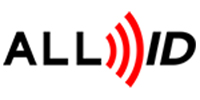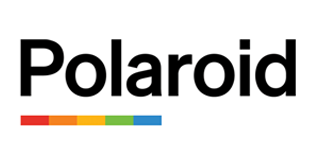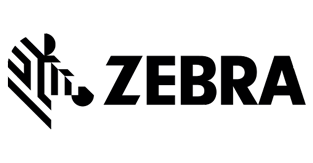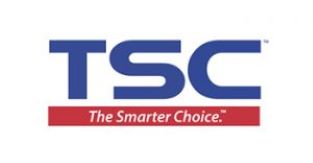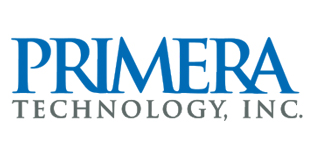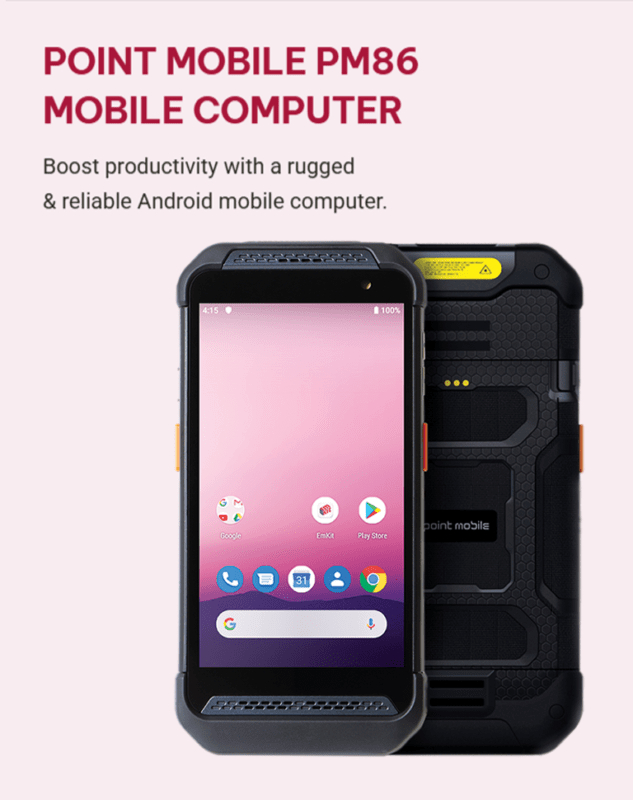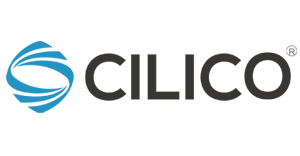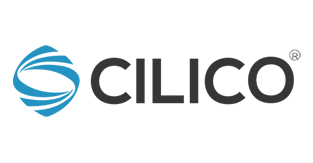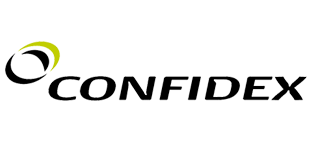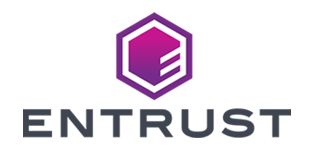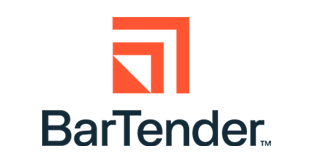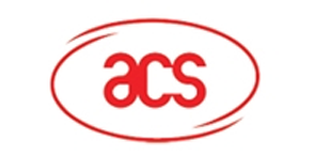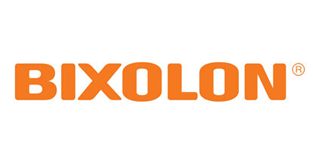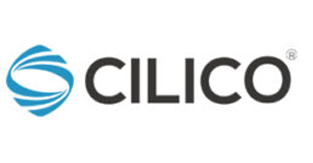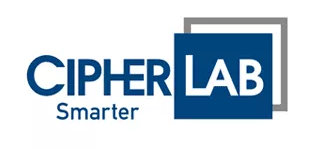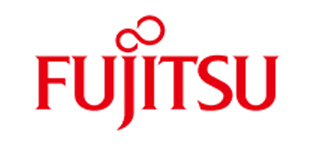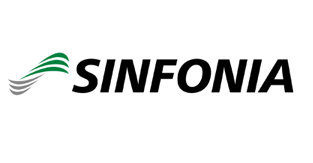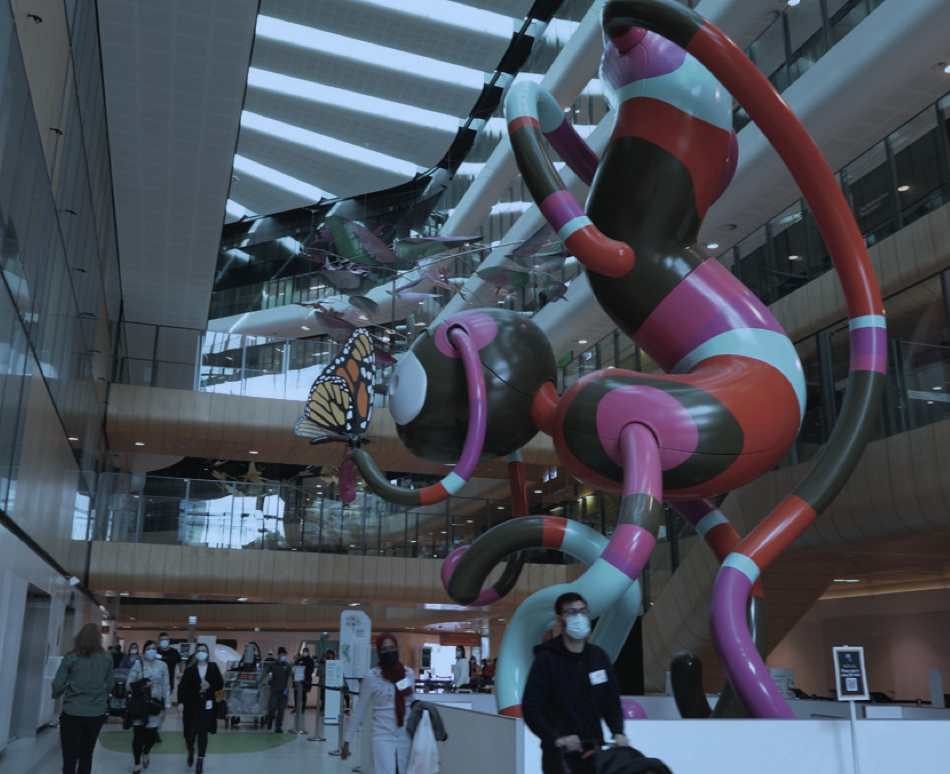
A hospital has provided specialised paediatric care for over 150 years. As one of the largest children’s hospitals, the hospital has a staff base of more than 4,000 employees who provide a full range of clinical services and care to patients. The hospital is the designated major trauma centre for children and adolescents for cardiac and liver transplantation. In 2019-20, more than 46,800 children were admitted into hospital wards, and over 15,000 surgeries were performed.
The hospital brings together six levels of clinical, research and education facilities over 200,000 square metres within the 4.1-hectare site in Melbourne.
Challenge
The hospital’s primary focus is delivering the highest quality care to all its patients and to provide Great Care, Everywhere. When the hospital became aware of opportunities to enhance their blood scanning processes, with help from Zebra Technologies to create a custom solution.
The hospital’s blood bags are labelled with an average of 10 different barcodes, each used for a different purpose and serving a specific function. Having multiple barcodes is critical to ensure that the right blood is delivered to the right patient, at the right time.
The barcodes scanned by clinicians are registered into the hospital’s system. This process ensures the blood bag matches the sample collected from the patient receiving the transfusion and provides a clear audit trail in the event of an error. However, these barcodes must be scanned in a particular sequence, to ensure the data is registered correctly into the EMR.
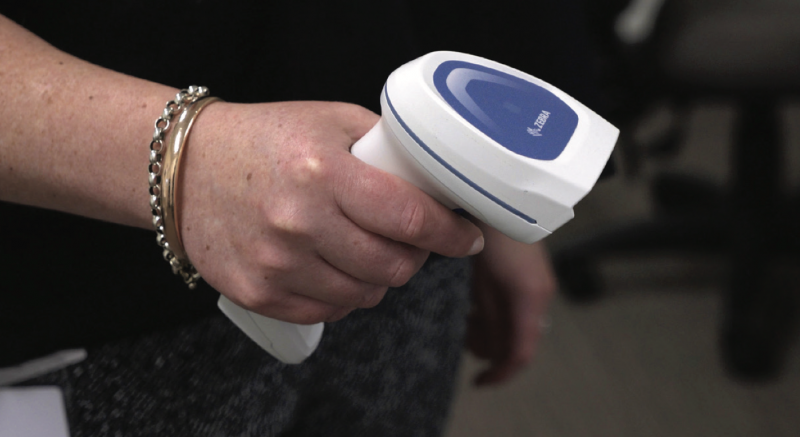
Clinicians were previously using handheld scanners that were capable of scanning single barcodes, meaning they had to scan each barcode and also remember the correct sequencing order each time.
The hospital wanted to automate the entire scanning process and required a solution that would scan multiple barcodes at once and also in the correct sequence, resulting in correct registration in the EMR.
Moreover, the device deployed also needed to withstand the extreme weather conditions on the mountain, from snow, rain, hail, cold temperatures and intense UV exposure. It also needed to be portable and have sufficient battery power to last an eight-hour shift without the need to be recharged.
Solution
A Zebra multi-barcode scanner with automated sequencing software.
Zebra helped the hospital to implement a solution that included the Zebra DS8100 Handheld Imager, programmed with custom-built sequencing software, Zebra 123SCAN.
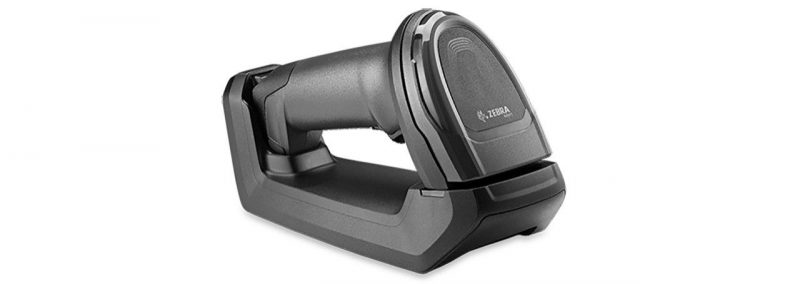
The Zebra DS8100 imager has the ability to quickly scan and process multiple barcodes at once, overcoming the first challenge. In order to address the sequencing issue, Zebra developed a customised software for the RCH using 123SCAN. Zebra’s 123SCAN software allows the custom programming of barcode imagers for any context.
In the context of the hospital, 123SCAN was programmed to instantly recognise all of the barcodes on a blood bag, only scan the required barcodes, and scan them in the correct sequencing order with one parse, to ensure correct registration in the EMR.
Zebra’s custom solution was designed to make the blood scanning process as efficient as possible, enabling staff to give lifesaving transfusions as quickly and safely as possible.
The hospital initially purchased 60 of the Zebra devices, opting for a slow rollout phase to trial the device in different areas of the hospital.
As blood transfusions are not given in every area of the hospital, the hospital needed to identify those locations with the highest priority, including operating theatres, paediatric and neonatal intensive care units and oncology.
In mid-2019, the hospital first introduced the DS8100 scanner in select areas of the hospital to identify any workflow issues. The widespread rollout in the remaining key areas of the hospital took place in 2020.
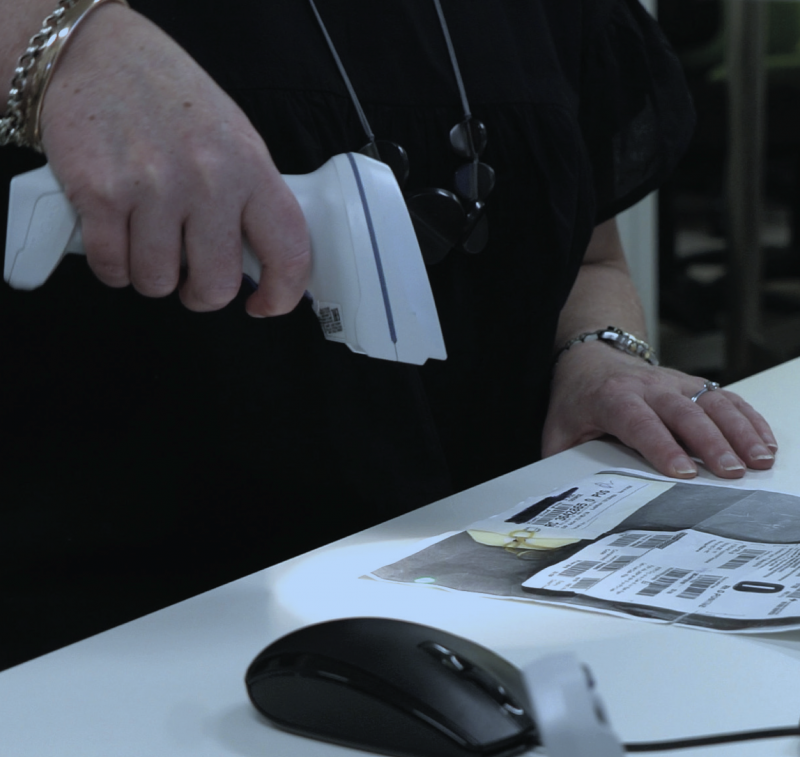
Results
Since adopting the new scanning method and removing manual processes, the accuracy level of data documentation has improved. Furthermore, the Zebra devices reduced overall stress for clinicians, by enabling a much smoother workflow.
Most importantly, the Zebra solution has increased patient safety, which was the primary concern for the hospital. The increased accuracy levels have reduced the instance of preventable blood scanning errors thereby further ensuring that the right patient, gets the right blood at the right time.
Furthermore, the increased efficiency of approximately 50% of the whole scanning process has meant patients are experiencing significantly less waiting time for life-saving blood transfusions.
“When it comes to blood transfusions, and many other processes in hospitals, absolutely every minute counts. Zebra’s solution has saved hospital clinicians precious time, by significantly increasing the efficiency of the blood scanning process. This greatly improved workflow has left clinicians with less stress, and more time to do what they do best, which is delivering outstanding care to sick kids.” – Chief Nursing Information Officer.
Future
Zebra’s solution will continue to enable greater efficiency in the blood scanning process at the hospital, boosting clinicians’ ability to get vital blood bags to patients as quickly as possible and helping them potentially save more lives.
The hospital is extremely happy with the workflow improvements and plans to roll-out addition Zebra devices across other areas of the hospital.
“The Zebra solution has significantly increased staff satisfaction, and we will be looking to automate other manual processes across the hospital with more Zebra devices in the future.”
Article Credit – https://www.zebra.com/content/dam/zebra_new_ia/en-us/solutions-verticals/vertical-solutions/healthcare/success-stories/healthcare-success-story-rch-en-au.pdf
